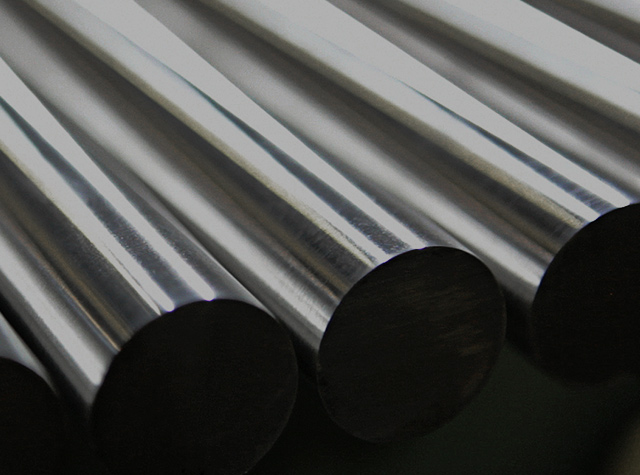Stainless steels are a group of iron-based, chromium alloys designed to be resistant to corrosion. They have excellent formability and mechanical properties at cryogenic and high temperatures, good resistance to the formation of calamine, surface oxidation and creep at specific temperatures. If Chromium is the element that gives stainless steel its resistance to corrosion, other additional elements in the alloy enhance its resistance in terms of oxidation, mechanical properties and the stabilization of particular structures.
Ferritic, Austenitic and Austenitic-Ferritic (Duplex) steels cannot be hardened by heat treatment but only by cold plastic deformation which increases resistance values thus influencing their resistance to specific forms of corrosion in certain environments. The dual-phase structure of Duplex steels assures increased resistance to corrosion under stress and tenacity at low temperatures.
In austenitic steels, increased strength is a result of the formation of Martensite induced by cold plastic deformation or cryogenic treatments. Martensitic steels behave similarly to Carbon and alloyed steels and can be annealed, quenched and tempered to give increased values of resistance and hardness. Similar results can be obtained using Martensitic precipitation hardening alloys.
In general, there is not one type of steel designed or available for all types of corrosive media, but specific grades are produced which excel in each type of corrosive environment. The incorrect use of a particular alloy can be avoided by reviewing information regarding its performance in certain environments.

